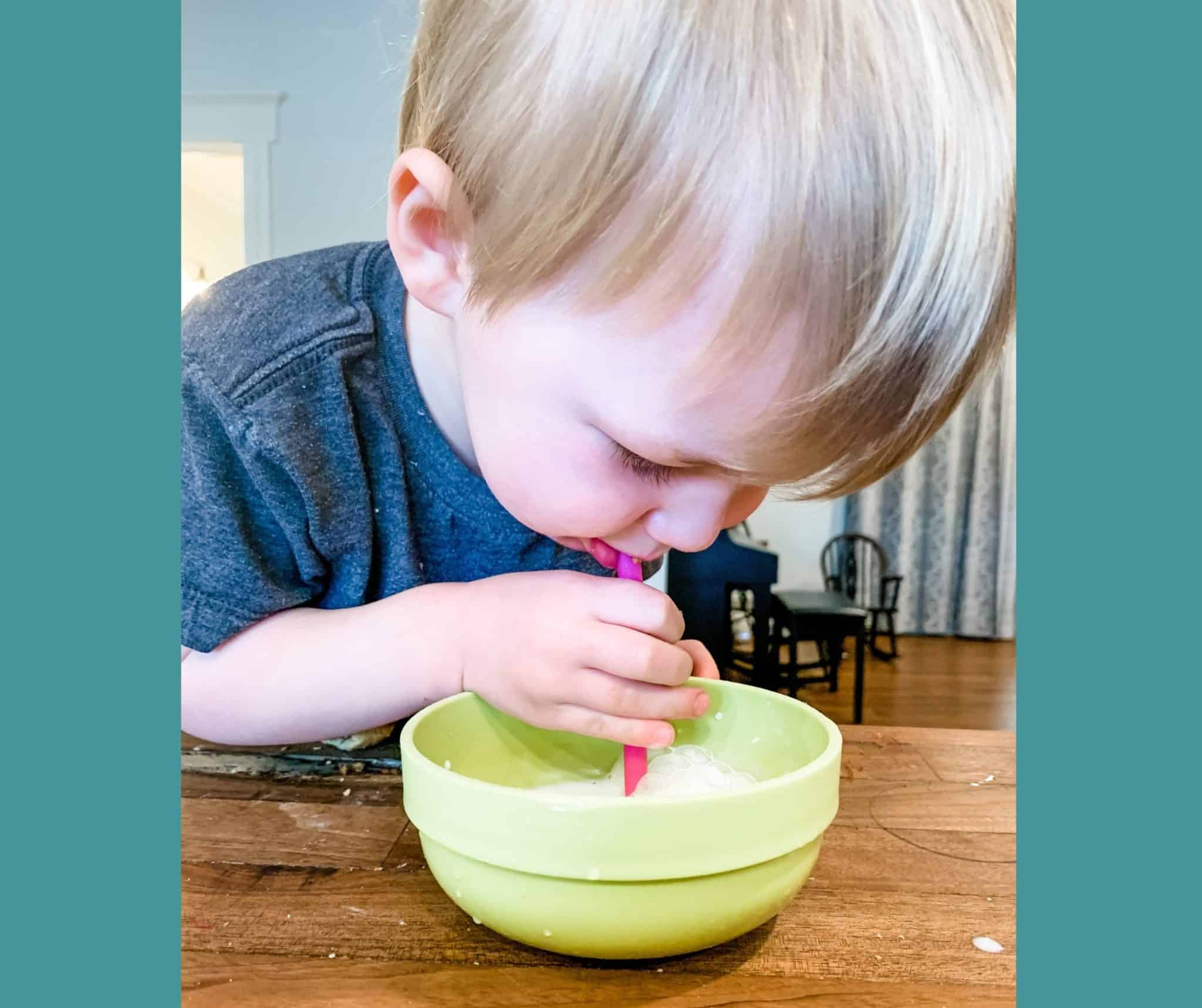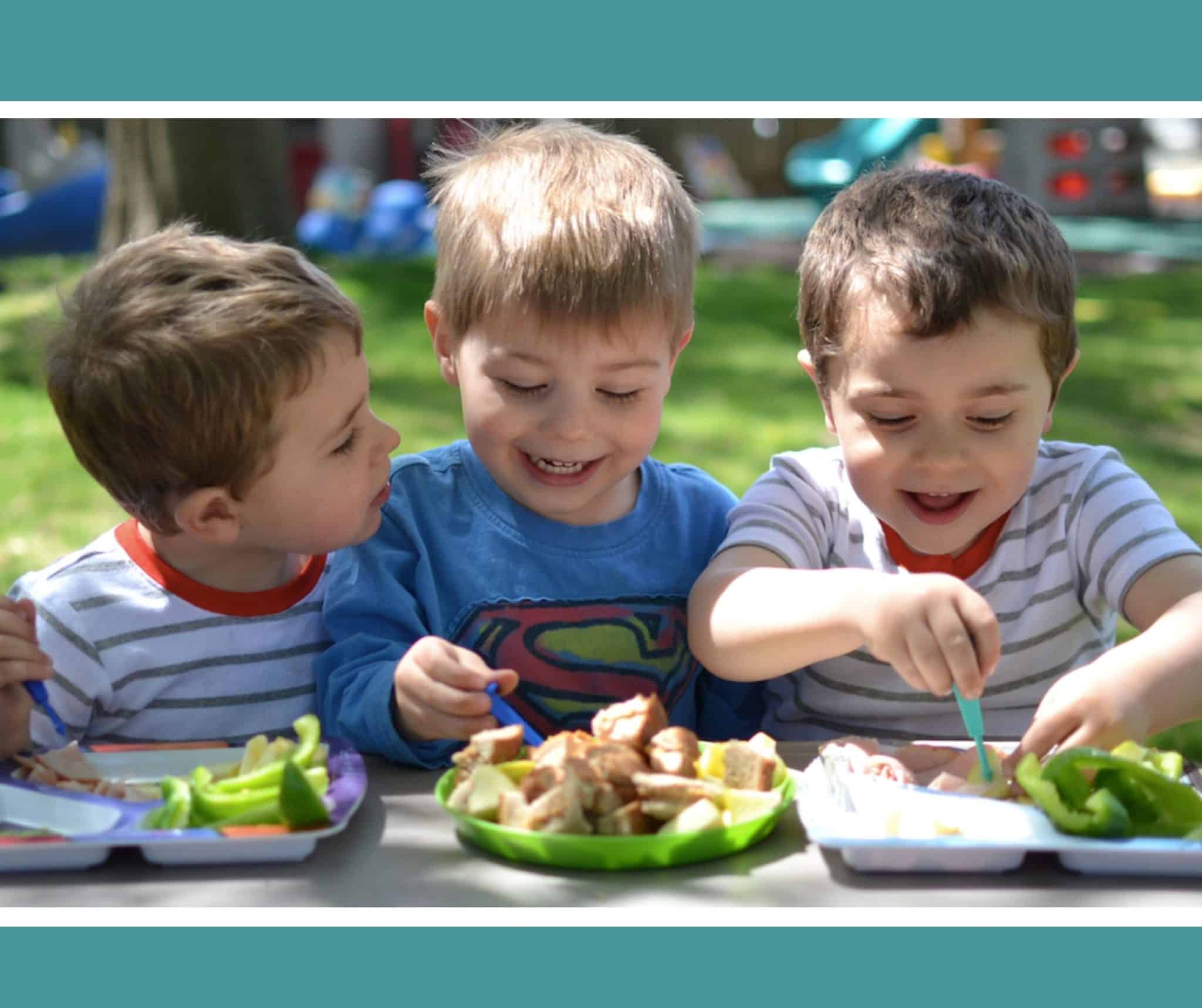 ☰ Menu
☰ Menu
 ☰ Menu
☰ Menu
Just in case you missed out on last month’s blog “Kitchen Tools to Support Oral Motor Development” make sure you check it out. This month we take those same tools and show you why we love them for a completely different set of reasons: Sensory!
Many kids with feeding difficulties can struggle with wet, sticky, rough foods. Many times, touching the food doesn’t work well for their tactile system. While hopefully feeding and occupational therapy are helping kids build a better sensory foundation, sometimes they need problem-solving strategies to help them engage with and explore new foods.

For many kids with sensory difficulties, getting their fingers wet or touching purées makes them want to avoid them. While we always want to encourage touch, often if they are given some problem-solving ideas like “drinking” those same purées, kids with sensory-based feeding difficulties will be more onboard. Also, in case they aren’t quite ready to taste, these straws are great for stirring, mixing, and just interacting with food. If they are close to the tasting steps but not quite ready to jump in yet, you might model sucking the puree halfway up the straw, then holding your tongue on the tip of the straw to hold the puree in
They are not just our favorite for compensating for Oral Motor delays but for sensory challenges as well. So many foods can be too difficult for our kids to engage in touching. They are too bumpy, too cold, too slippery, or too wet. Whatever the sensory reason, choppers allow them a way to still learn about many aspects of the food without having to touch it quite yet. Also, for children who like to jump and move, even when at the table, these choppers are a great way to get their body pushing and helping too. Choppers are often a go-to strategy for helping a child get some organizing proprioceptive input while staying at the table.

Since we are talking about kids who often have a hard time feeling ready to get their hands in food, often they will cling to their utensils to keep a safe distance from the food. Using a smaller utensil with a shorter handle is a great way to get kids closer to the item, while still allowing them that great interacts with step they need. And it’s great for working on new fine motor skills as well.
Copyright SOS Approach to Feeding © 2024 | Web Design by Webolutions